Your cart is currently empty!
Shrimp Tikka Warp
With the purchase of this product, you will receive Required Packaging Shrimp Tikka Warp Catchup/Dip
Description
Wrap roti, often referred to as a roti, is a popular food in the Caribbean, and consists of curried or stewed meat and or vegetables folded tightly within a dhalpuri or paratha roti. The items placed inside of a wrapped roti are commonly called talkari in Trinidad. Popular items that are eaten in a wrap roti are: curried chicken, curried duck, curried potatoes, pumpkin, stewed chicken,and achar massala mango.
Roti is eaten widely across the West Indies, especially in countries with large Indo-Caribbean populations such as Guyana and Trinidad and Tobago. Originally brought to the islands by Indentured laborers from South Asia, roti has become a popular staple in the culturally rich cuisines of Guyana, Suriname, Trinidad and Tobago, Grenada, Jamaica and South Africa. In the West Indies, roti is commonly eaten as an accompaniment to various curries and stews. The traditional way of eating roti is to break it by hand, using it to sop up sauce and pieces of meat from the curry. However, in the West Indies, the term “roti” may refer to both the flat-bread itself as well as the more popular street food item, in which the roti is folded around a savory filling in the form of a wrap.
The “roti wrap” is the commercialization of roti and curry together as a fast-food or street-food item in the Caribbean. This wrap form of roti originated in Southern Trinidad. It was first created in the mid-1940s by Sackina Karamath, who later founded Hummingbird Roti Shop in San Fernando, Trinidad and Tobago. The wrap was convenient as the meal could be eaten faster and while on the go, as well as keeping one’s hands from getting dirty. In Trinidad and Tobago, various wrapped roti are served, including chicken, conch, goat, beef and shrimp. Vegetables can also be added including potato, pumpkin, and spinach as well a variety of local condiments; pepper sauce (hot sauce) and mango chutney are the most popular.
The roti wrap quickly gained popularity across the island and spread throughout the rest of the Caribbean. “Roti shops” are now abundant in Trinidad and Tobago and the wrapped roti is a staple street food. The wrap is now simply referred to as roti or just roti. As Caribbeans moved to North American cities such as Toronto, New York, and Montreal, they exported with them the wrapped version of roti. This iconic version is what most North Americans know as roti. The growth in popularity has recently led to referring to the flat-bread itself that surrounds the filling as a “roti skin” or “roti shell.” This practice is now common in both restaurants and commercial companies.
Various types of roti are eaten throughout the West Indies. It is most prominently featured in the diets of people in Trinidad and Tobago, Guyana, and Suriname. West Indian style roti is primarily made from wheat flour, baking powder, salt, and water, and cooked on a tawa.
Additional information
| Weight | 0.5 kg |
|---|
You may also like…
Our Featured products
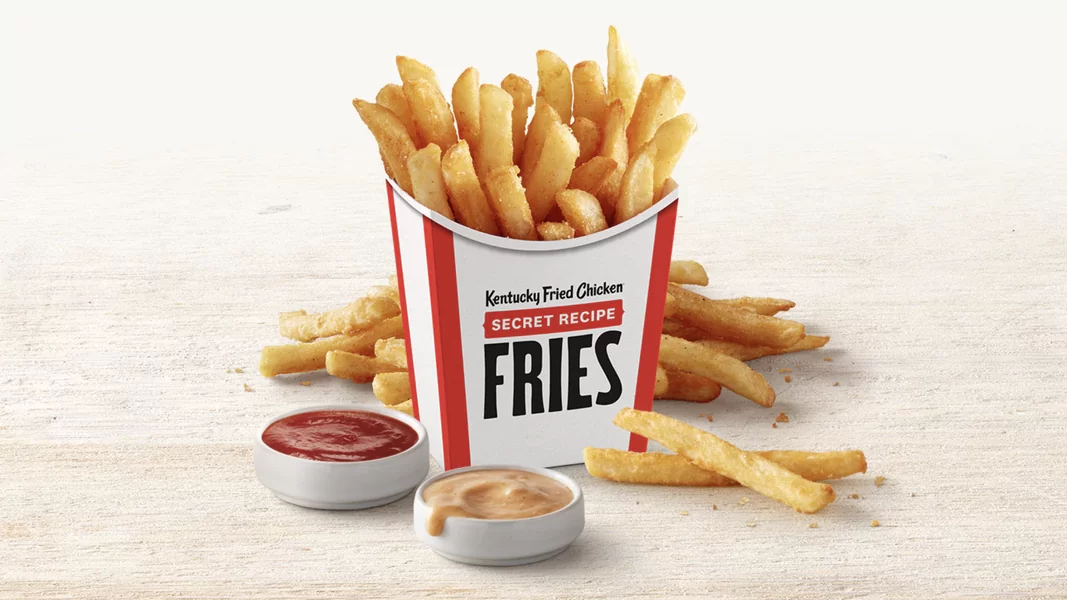
Sides at KFC Bird Rock
$7 – $22
Our latest blog

10 Must-Know Cultural Customs Before Moving to Saint Kitts

How to Work in Saint Kitts and Nevis: Jobs, Opportunities & Work Visa Guide

Average Monthly Salaries by Profession in St. Kitts and Nevis (2025)

Flow St. Kitts: Your Gateway to Seamless Connectivity

Digicel St. Kitts: Connecting the Nation with Cutting-Edge Telecommunications Services

CaribeEats SKN: The Ultimate Food Delivery Service in St. Kitts

869ToGo.com – The Best Online Food Ordering and Delivery Service in St. Kitts

Cost of Living in St. Kitts and Nevis: A Detailed Breakdown for 2025

Saint Peter Basseterre: The Heart of Nature and Industry
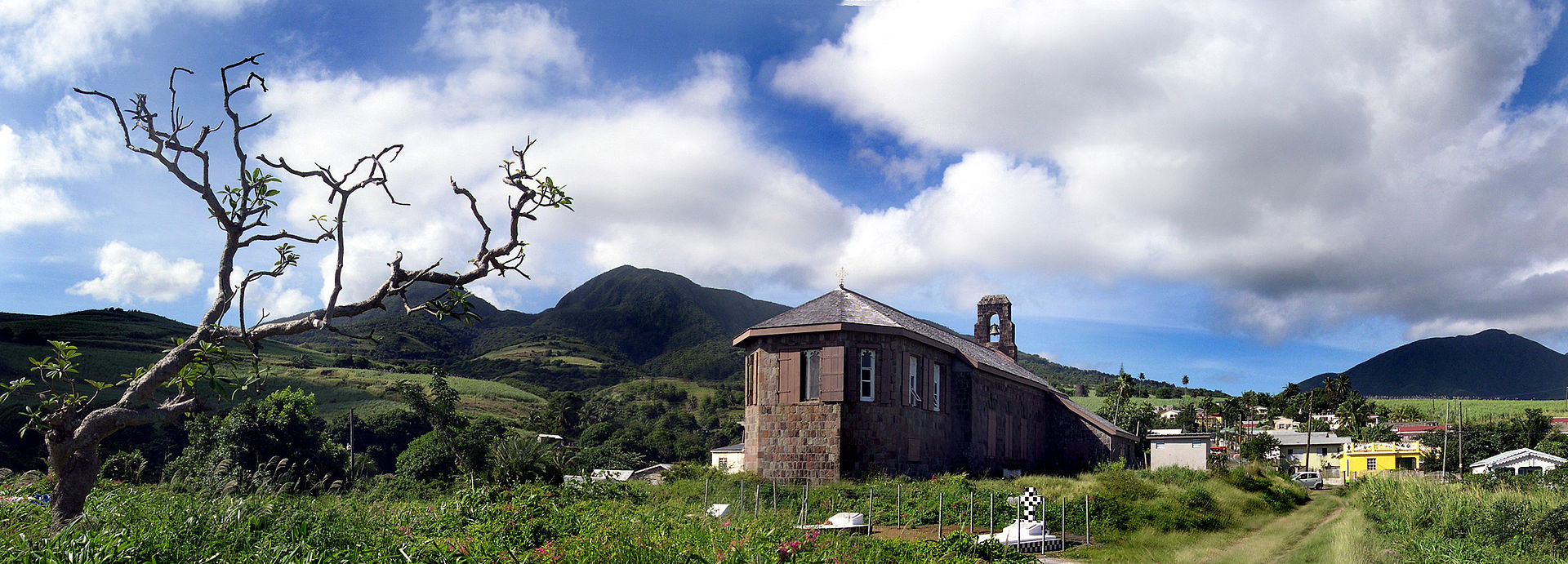
Discover Saint Mary Cayon: A Hidden Gem in Saint Kitts













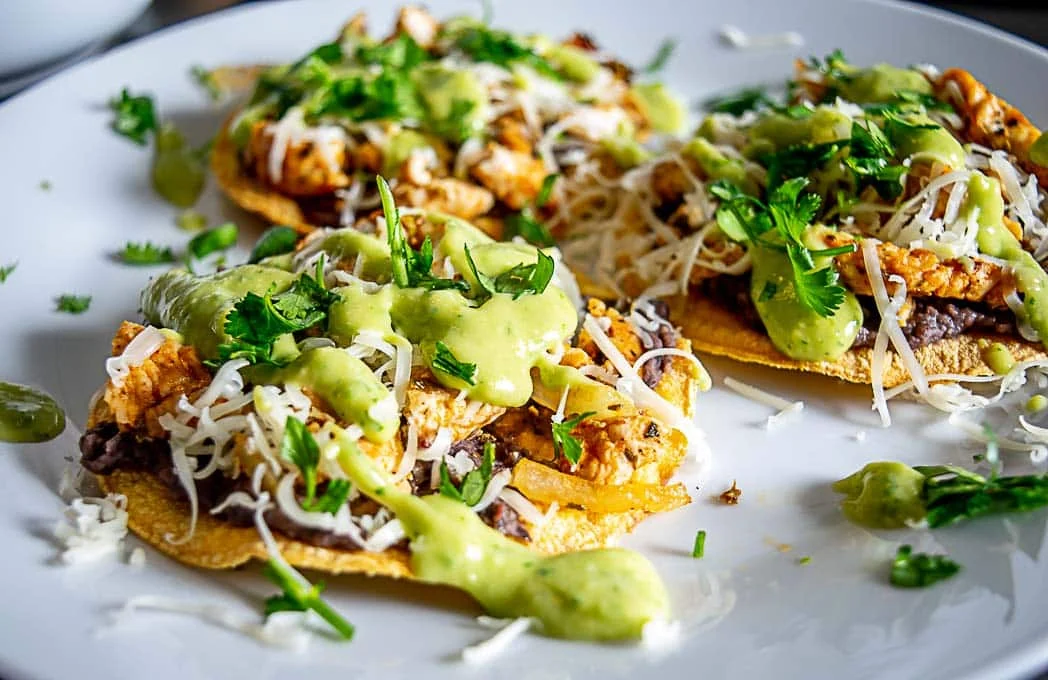
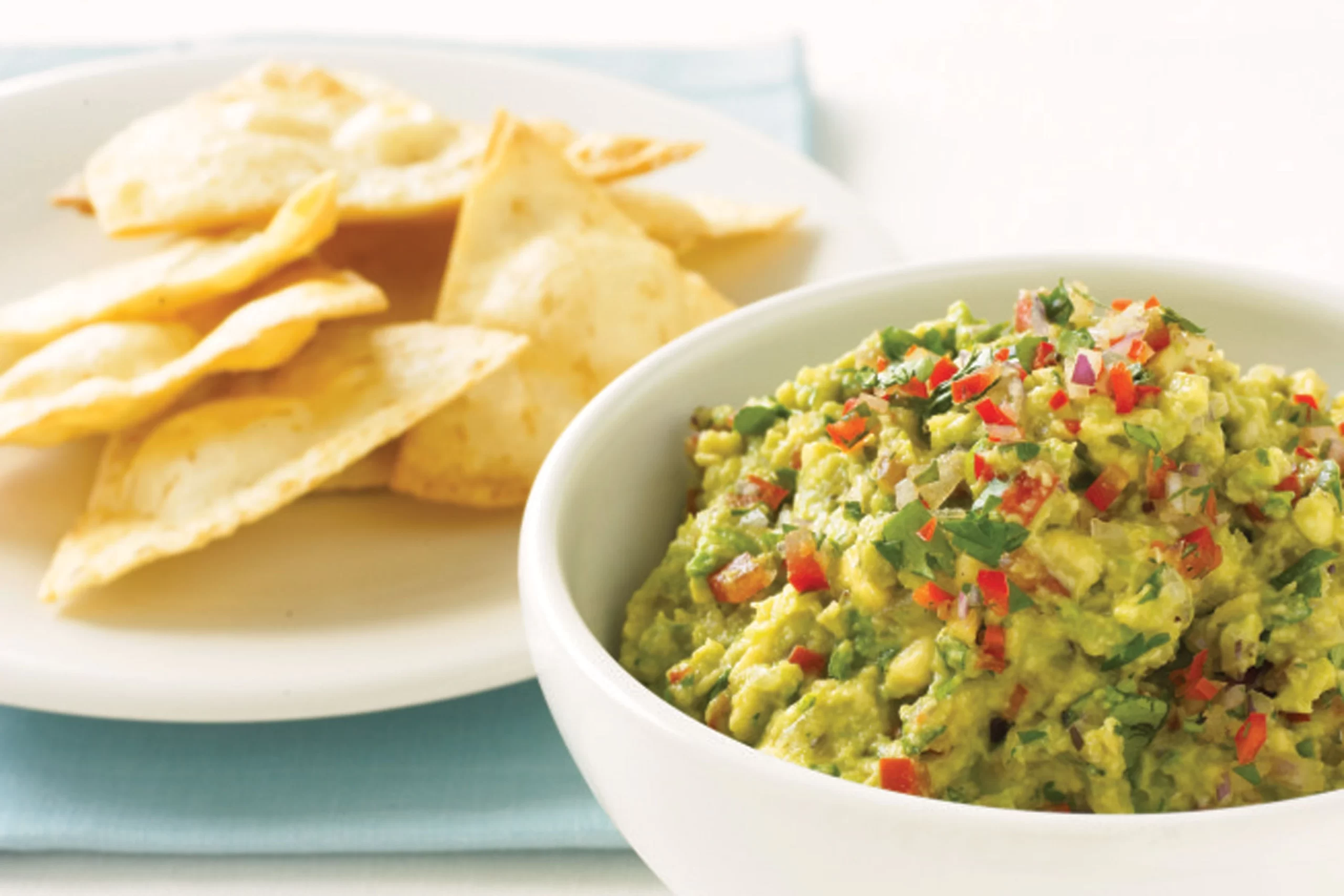
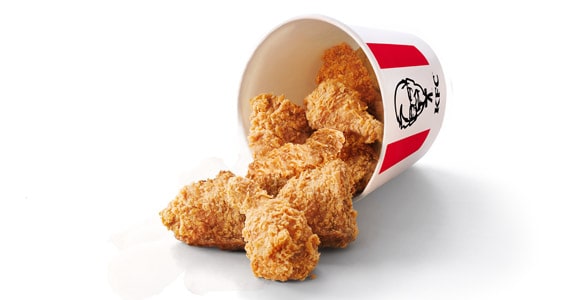

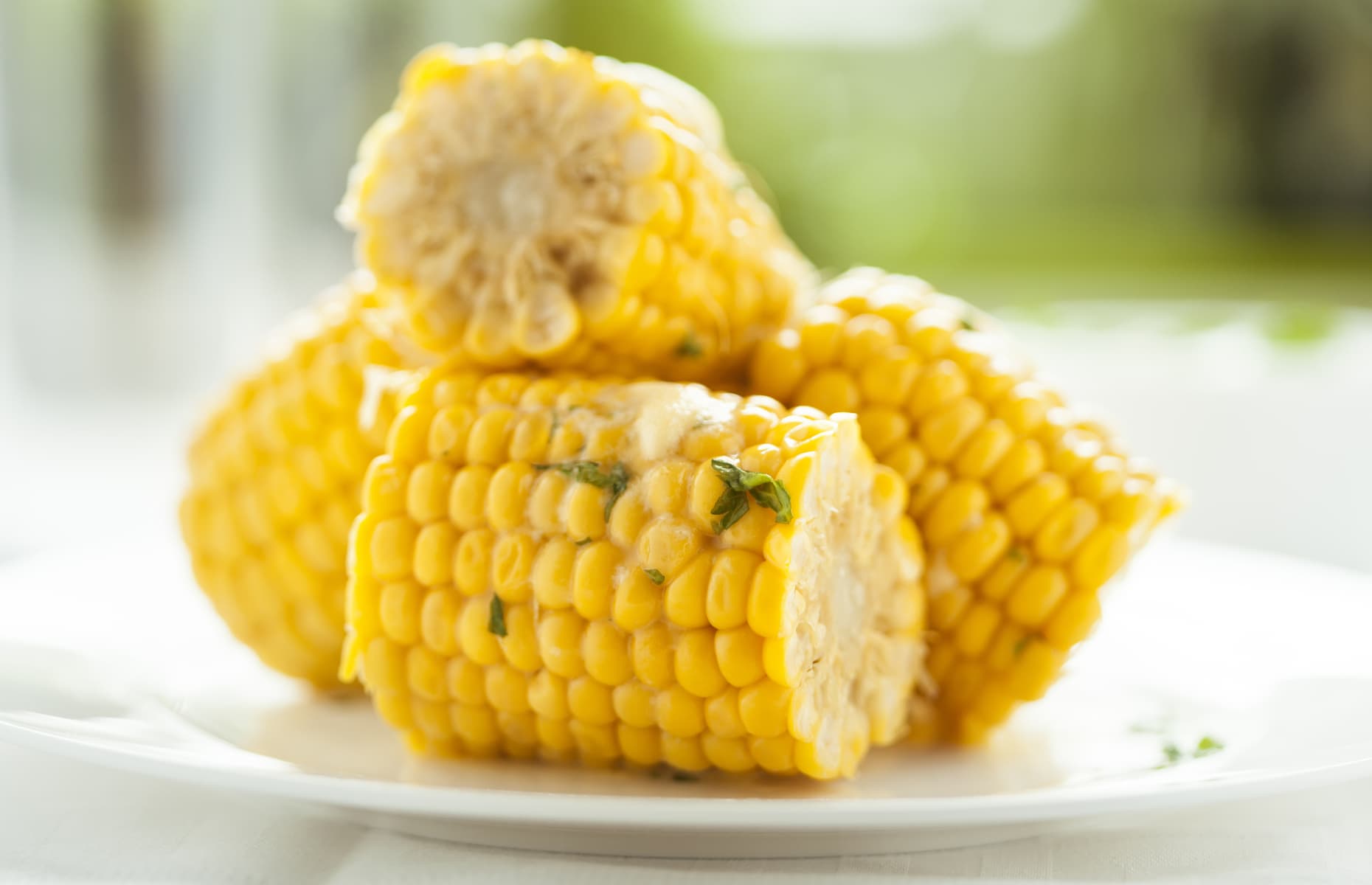
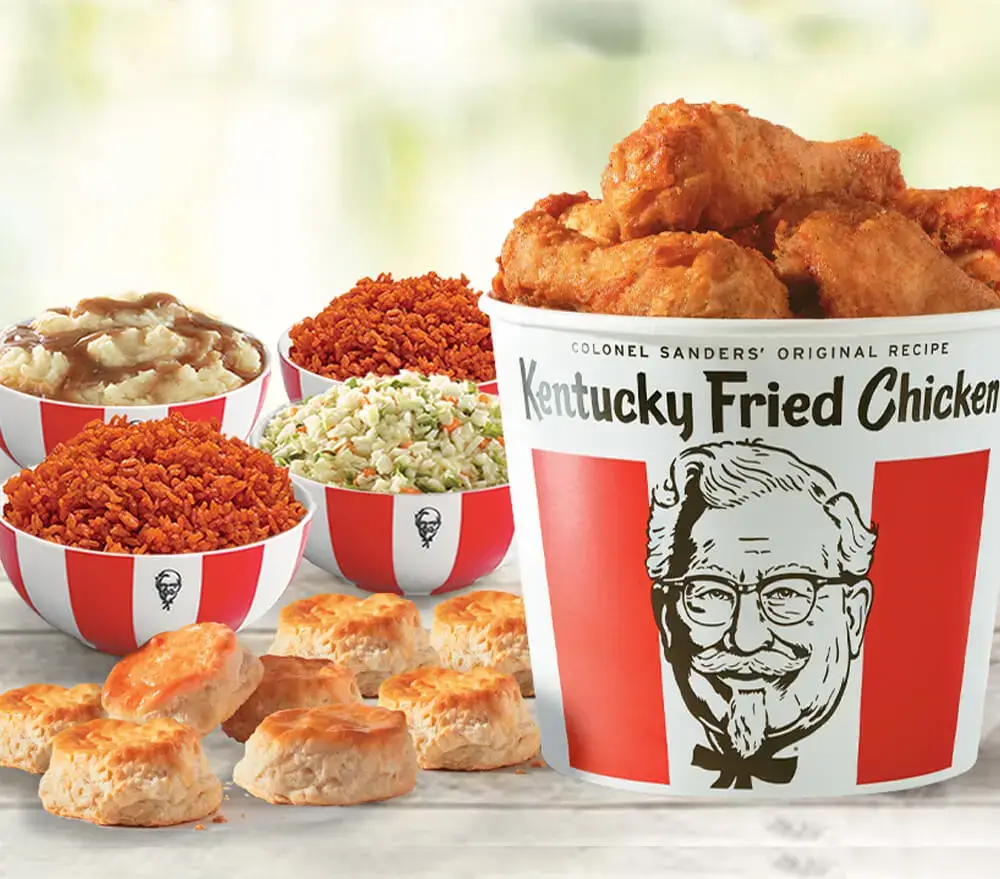
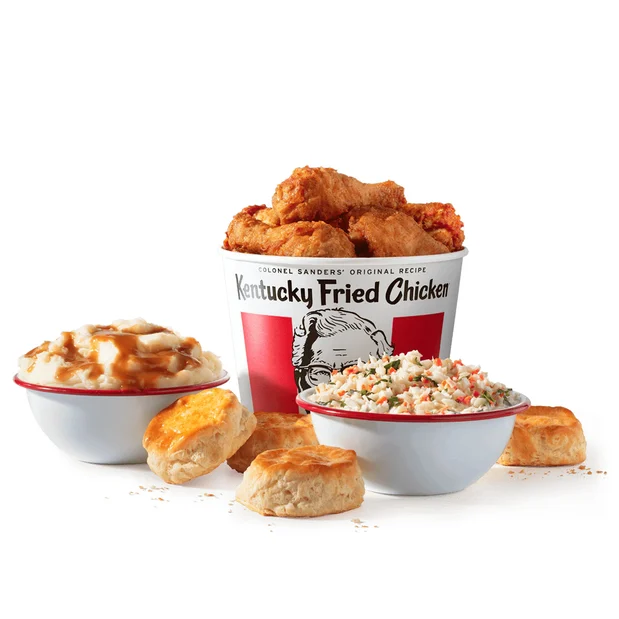
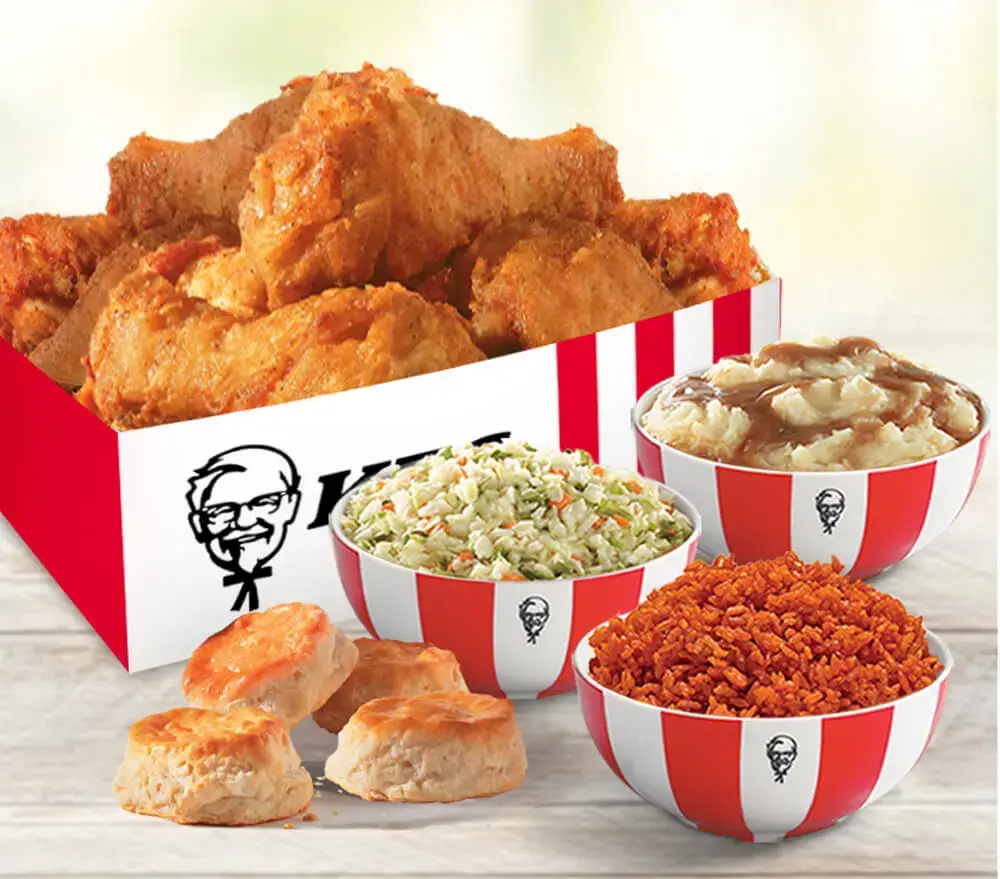
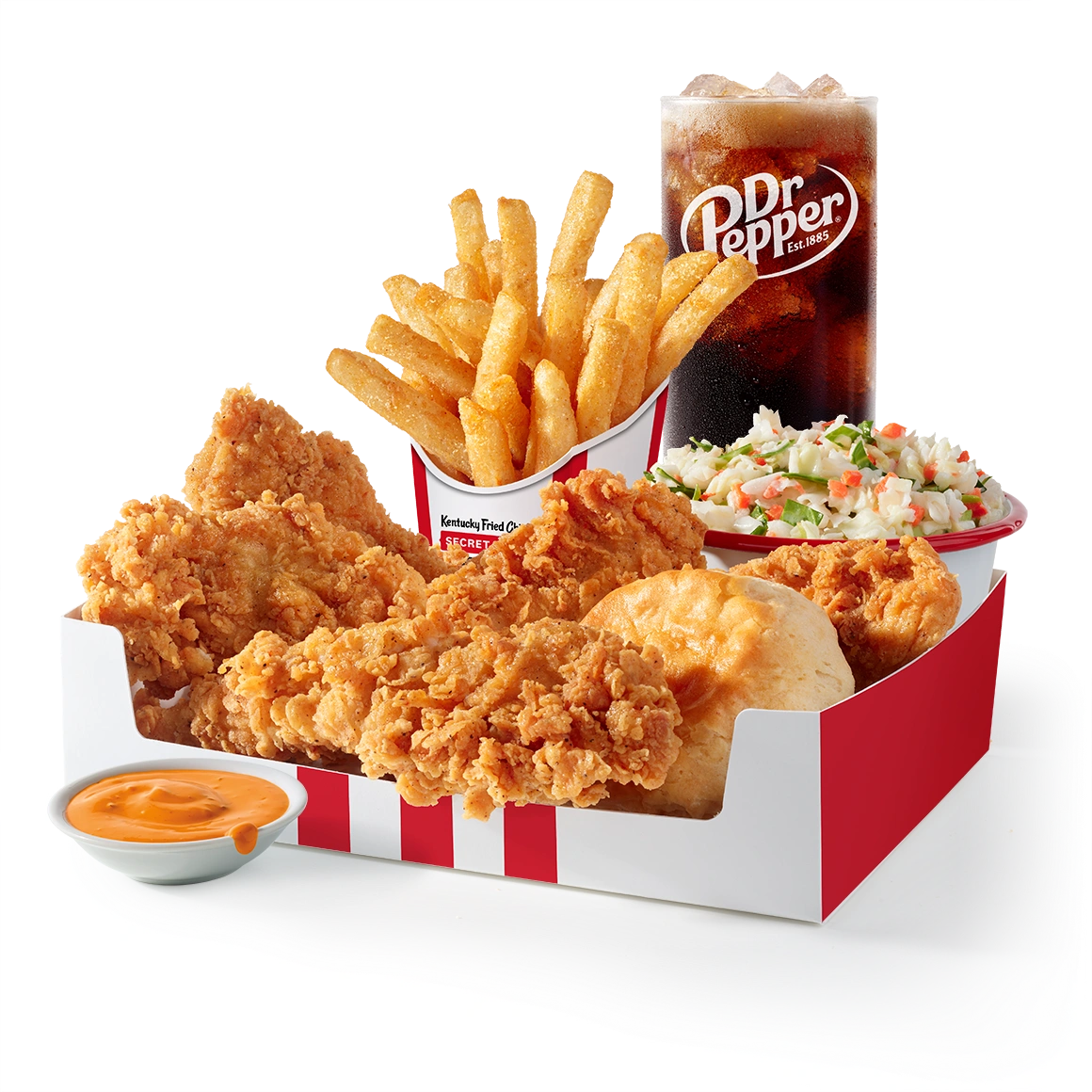
Reviews
There are no reviews yet.